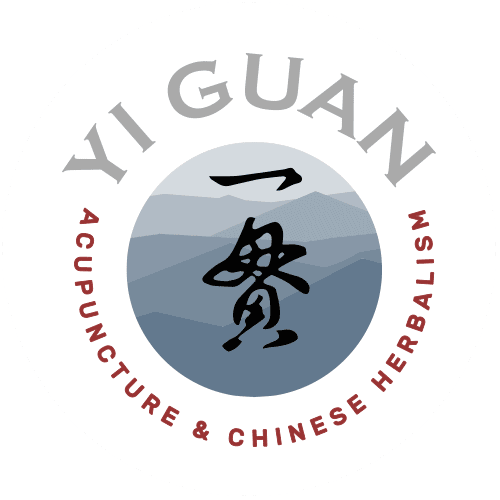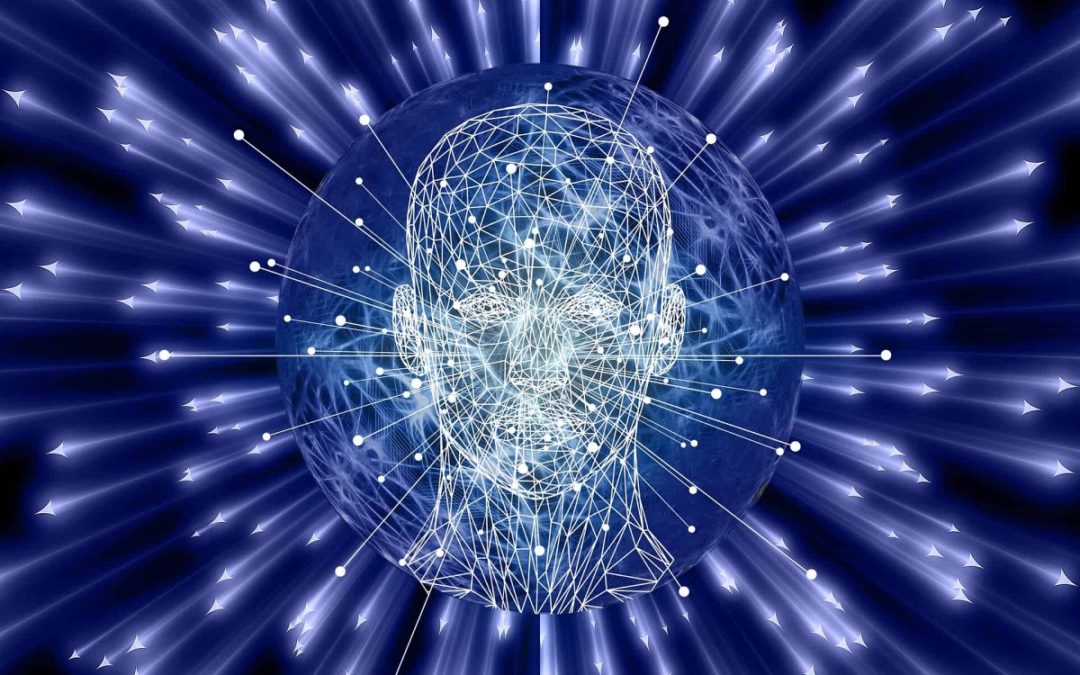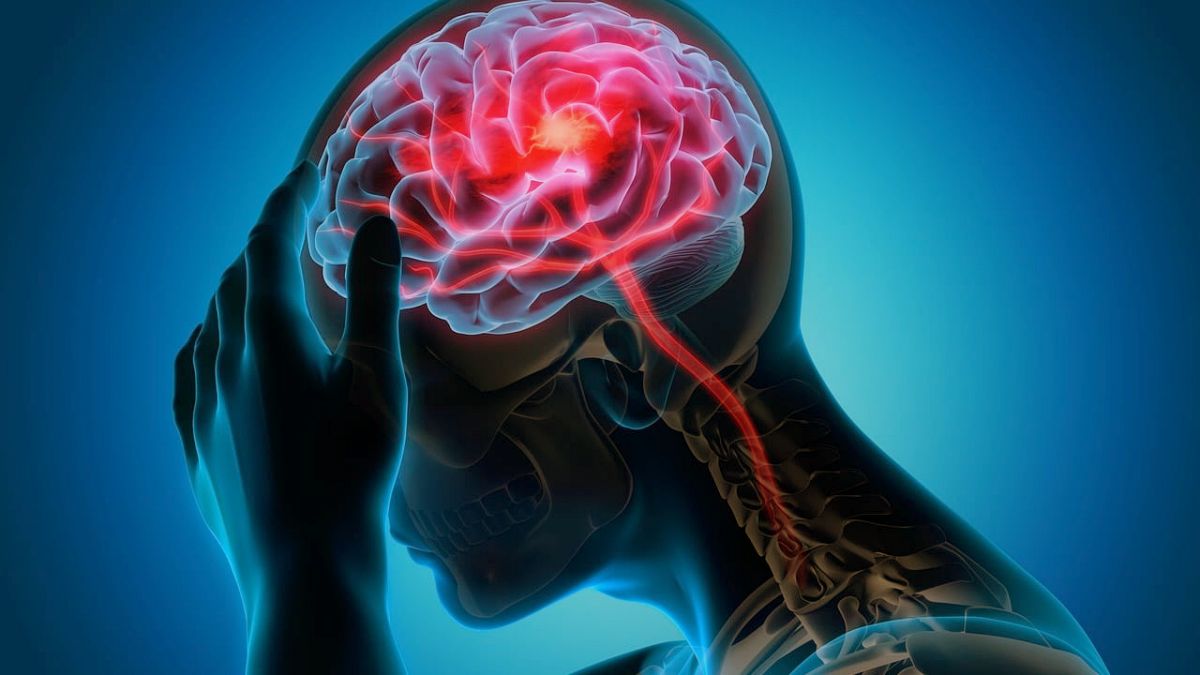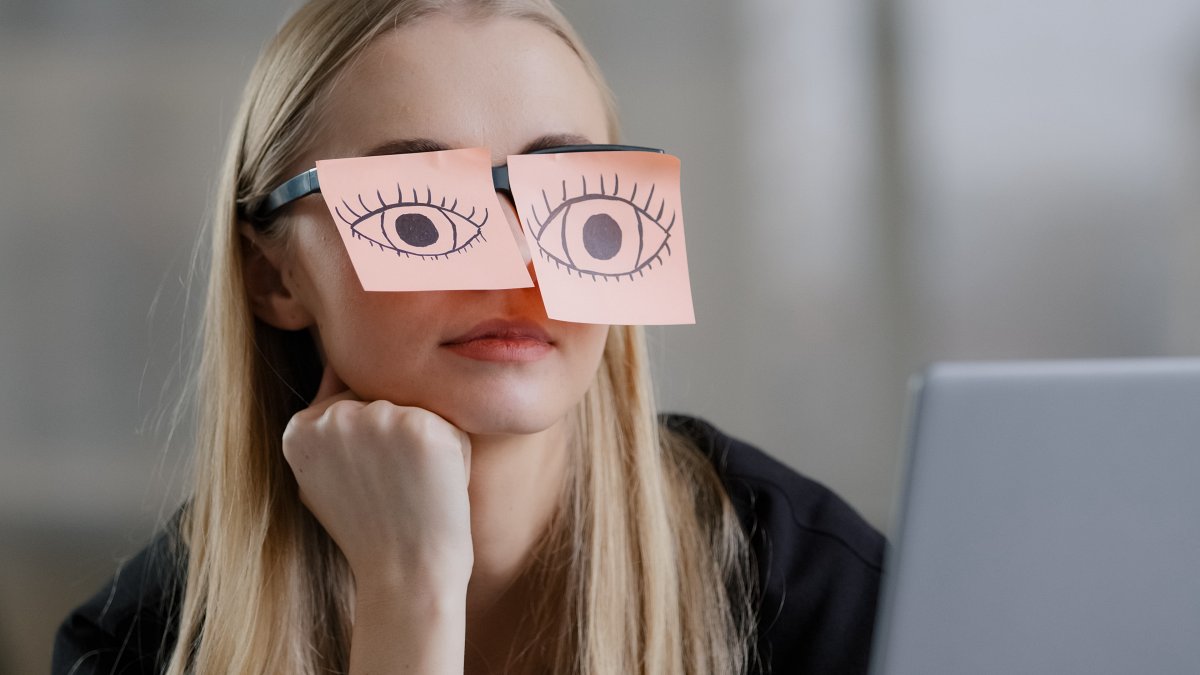Chinese Medicine and Bell’s Palsy
Facial nerve paralysis, also known as Bell’s palsy, can be a distressing concern for those who are suddenly afflicted by it. People looking for quick reliable treatments, especially when Western therapy is not fully helping them, often consider acupuncture. Yi Guan Acupuncture specializes in acupuncture for Bell’s Palsy. As with the pain relief for those suffering from trigeminal neuralgia, the sensory nerve flipside of facial nerve paralysis, acupuncture has been used effectively to treat this issue.
Western Viewpoint
The signs and symptoms of Bell’s palsy include complete or partial paralysis of one side of the face. There could also be drooling, due to poor muscle control, a loss of taste, changes in the production of tears or saliva, and in some cases pain around the angle of the jaw or behind the ear. The root cause of the associated facial paralysis is due to inflammation in or around seventh cranial nerve, also known as the facial nerve. The nerve exits the skull from a the stylomastoid foramen, which is close to the opening of the ear behind the angle of the jaw. If either the nerve itself or the soft tissue surrounding the nerve at this narrow opening is inflamed, this could compress the nerve as it exits the skull to makes its way to the facial muscles. This results in a ceasing or decreasing of the control of the muscles to that side of the face.
Causes and treatments
There is no singular cause of Bell’s palsy. Anything that will cause inflammation or impingement of that nerve will cause these symptoms. The most common causes of inflammation to that area include various viral infections. Also at fault are inflammatory conditions of the nerve, certain local tumors, mild trauma to the area, and in our experience, prolonged cold temperature to the side of the face (which is thought to induce swelling in the nerve or surrounding tissue). In most cases, these symptoms are temporary, and as soon as the inflammation and swelling resolve, the nerve will function as normal. This normally takes about three weeks to begin, but could take months for full resolution. Some cases can have symptoms on and off with no full resolution for years if not indefinitely. If symptoms persist, this could be a sign of residual inflammation or scarring of the area such that the swelling of the nerve does not resolve. The mainstay of Western treatment is with corticosteroids, which work to generally decrease inflammation. Occasionally antivirals have shown benefit to some patients. Decompression surgeries have been used in the past, though this has fallen out of favor.
Eastern Viewpoint
The view point from traditional Chinese medicine mirrors the Western explanation closely. In Chinese, this condition is often referred to as “mian feng”, or facial wind. As the name implies it is caused by external wind cold invasion. From a Western standpoint, external wind invasions mainly refer to viral infections or other instigators of an inflammatory response. An external invasion is termed hot or cold depending on the categorization of presenting symptoms. In this case, it is thought that cold agglutinates or freezes where it sets in. This blockage stops the flow of qi and all the tissue on the opposite side of the meridian channel blockage will experience the brunt of those symptoms. Sudden or reversible symptoms often get the description of wind in TCM. The “wei qi” or defensive qi, will work to clear the external pathogen, and the “blood and qi” will warm up the tissue and flow will be restored. In cases of persistent symptoms, in a Chinese sense, this means that there is residual wind or cold that, for whatever reason, has not been cleared. And while the body might be able to do this on its own eventually (as is the Western thinking), acupuncture treatments can hurry this process on significantly.
Acupuncture for Bell’s palsy
The treatment principle is to clear wind, dispel cold, and promote the movement of qi and blood. This is often not particularly difficult with acupuncture treatments. One of the main “wind clearing” points on the body happens to overlie the stylomastoid foramen, where the facial nerve exits the skull. Needling this area with deft needle technique is often very helpful. Other needles in the nearby tissue can also be used to help draw the body’s attention to any residual inflammation and swelling in the area. Needles area also placed around the face in the affected musculature. A different quality of needle technique is used here to stimulate the muscle. In and Eastern sense, this is promoting the movement of qi and blood, in a Western sense, this is stimulating the neuromuscular junctions to increase muscle tone.
Expectations for results
New patients often ask, “How many acupuncture sessions are needed for Bell’s Palsy?” While acupuncture is good at modulating residual inflammation and stimulating the muscles and nerves, acupuncture treatments are very seldom “one and done” treatments. Positive results can quickly be seen, even as soon as during the initial treatment. Whatever positive results, however, it is well known and expected for the results to fade with some time. This is true for all of acupuncture therapy, not just for Bell’s palsy. The fading is usually not back to baseline, however, and after even only one treatment, there is a chance it will never get as bad as before treatment. The treatment interval varies from case to case, depending on the person’s underlying constitution. In our experience this is 3-5 days initially. It is imperative for the patient to then return within that interval if optimal and efficient results are desired. As the acupuncture therapy continues, the interval should get longer and longer. And the fading of positive symptoms less and less until eventually the symptoms disappear for the long term. As with the interval of return of symptoms, how many treatments this will take depend case by case on the underlying constitution of the patient. Clinical outcome studies indicated that frequent treatments in a short interval work the best, with very high effective rates at 5-10 treatments within 5-14 days. Generally, the longer the symptoms have been there, the longer it takes to remove them. Seeking acupuncture treatment early in the course of symptoms can drastically decrease the time to resolution, in some cases in our experience in less than one week in under 5 treatments.
Do herbs help treat Bell’s palsy?
Chinese herbal formulas can often be a great aid to therapy. Herbs can particularly be a benefit to those individuals with more persistent symptoms that have been lasting from months to years that other treatment modalities just can’t make headway with. There are many herbs that clear wind, or dispel cold, invigorate the collaterals (peripheral nerves and blood vessels), move qi and blood, and tonify the defensive qi. An experienced herbalist can find the properly balanced blend suited for each patient specifically.
If you would like to know more about how Chinese medicine can help with your Bell’s palsy symptoms, contact us today.
Who is Dr. Perez?
Dr. Dan Perez is both a Western-trained physician and a graduate of the AOMA Graduate School of Integrative Medicine. Based in Austin, Texas, AOMA is recognized as one of the leading schools in Chinese Medicine. Being both an expert in Western medicine and Chinese medicine, Dr. Perez offers his patients natural, minimally invasive and integrative medical options for treating a variety of chronic medical conditions.
Article Sources:
Mayo Clinic, Bell’s Palsy
Harvard Health, Bell’s Palsy Overview
PLoS One, 2015; 10(5): e0121880, Efficacy of Acupuncture for Bell’s Palsy: A Systematic Review and Meta-Analysis of Randomized Controlled Trials
Cochrane Database, 2010 Aug; 2010(8), Acupuncture for Bell’s Palsy
Let's get started!
This could be the most important step you take in your health journey. Schedule a consultation now, or complete the short form and let's connect.
Free 15-min Consultation
Phone
NEW Location
Yi Guan Acupuncture and Chinese Herbalism
11614 Bee Caves Road, Suite 230,
Austin, TX 78738 (directions)







